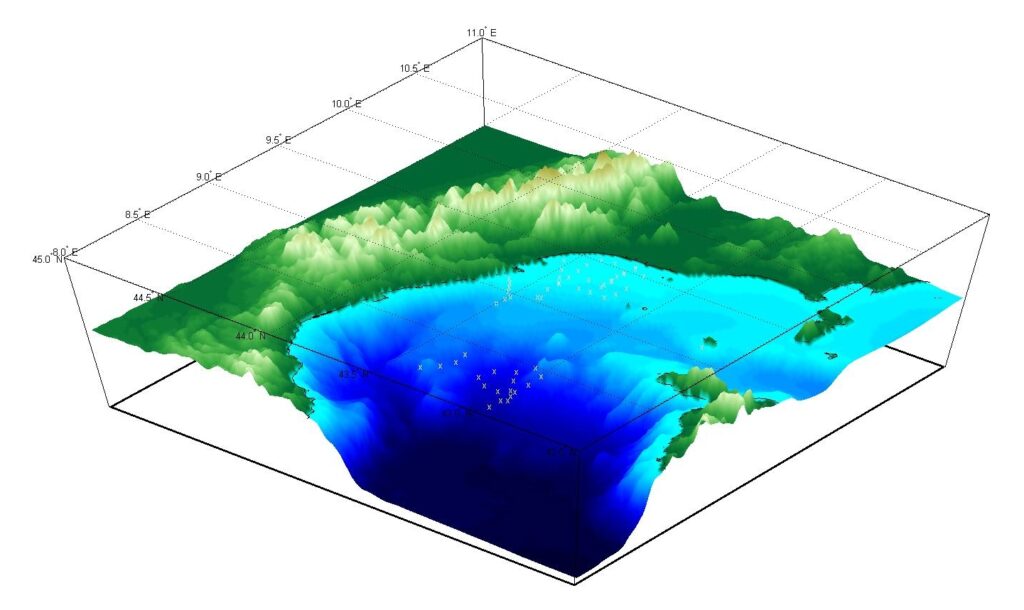Sources and magnitude of variability of optically active constituents
The range of optically active constituents found in seawater are traditionally grouped in broad categories as: phytoplankton, non-algal particles (organic and inorganic) and CDOM. The degree of optical variability within these categories is generally poorly understood, strongly influenced by measurement errors and has huge potential impact on strategies for modelling underwater lightfields and interpreting OCRS signals. We are working on a strongly physics-based approach to this issue, trying to clearly establish the influence of measurement uncertainties and true natural variability in the optical properties of OACs. This includes a recently funded NERC standard grant to look at the influence of particle size distribution and aggregation processes on measured IOPs. See the new project website for more info: http://marinephysics.org/submicron
Collaborators on this work:
| Dr Dave Bowers | University of Bangor |
| Dr Alex Nimmo-Smith | University of Plymouth |
| Dr Malik Chami and Dr David Doxaran | Laboratoire d’Oceanographie de Villefranche, France |
| Dr Rudiger Rottgers | HZG, Germany |
| Dr Chuck Trees and Dr Violeta Sanjuan Calzado | NURC, Italy |
| Griet Neukermann | MUMM, Belgium |
| Prof Hubert Loisel | Université du Littoral Côte d’Opale, France |
